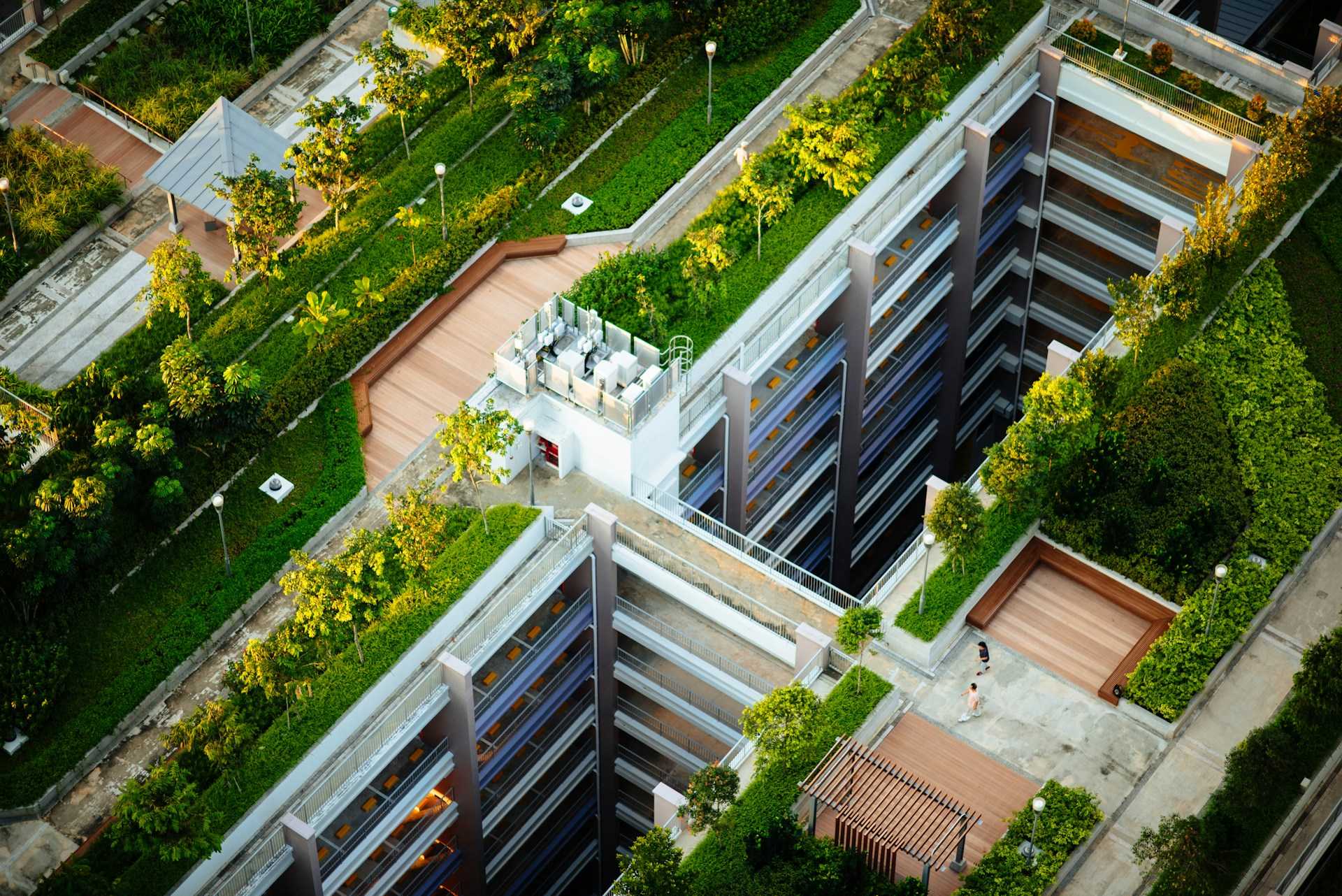
Autonomous stewardship of urban biodiversity
Expanded use of robotic autonomous systems (RAS) in cities will have far-reaching impacts on land use and transportation, with widespread impacts on urban ecosystems. But RAS will also provide new capabilities for enhanced monitoring and management of biodiversity and ecosystems, according to a 2021 horizon scan engaging 170 experts from 35 countries. For instance drones "will allow enhanced and more cost-effective detection, monitoring, mapping and analysis of habitats and species, particularly in areas that are not publicly or easily accessible" as well as "real-time monitoring of abiotic environmental variables... to allow rapid assessment of environmental conditions, enabling more flexible response mechanisms and informing the location and design of green infrastructure."
Cities should prioritize the deployment of RAS for urban ecosystem monitoring, the study concludes. However, excessive use of RAS for urban ecosystem management could increase the hazardous waste generated by unrecovered RAS components, and introduce risks from simplified and homogenized management negatively impacting biodiversity.
For cities, exploiting the potential of RAS for urban ecosystem stewardship will require investing in pilots and prototypes and developing new planning methodologies that actively assess and mitigate the risks of such approaches. This includes using critical impact evaluations, long-term monitoring, and interdisciplinary approaches to maximize benefits while mitigating potential negative impacts on urban biodiversity and ecosystems.


